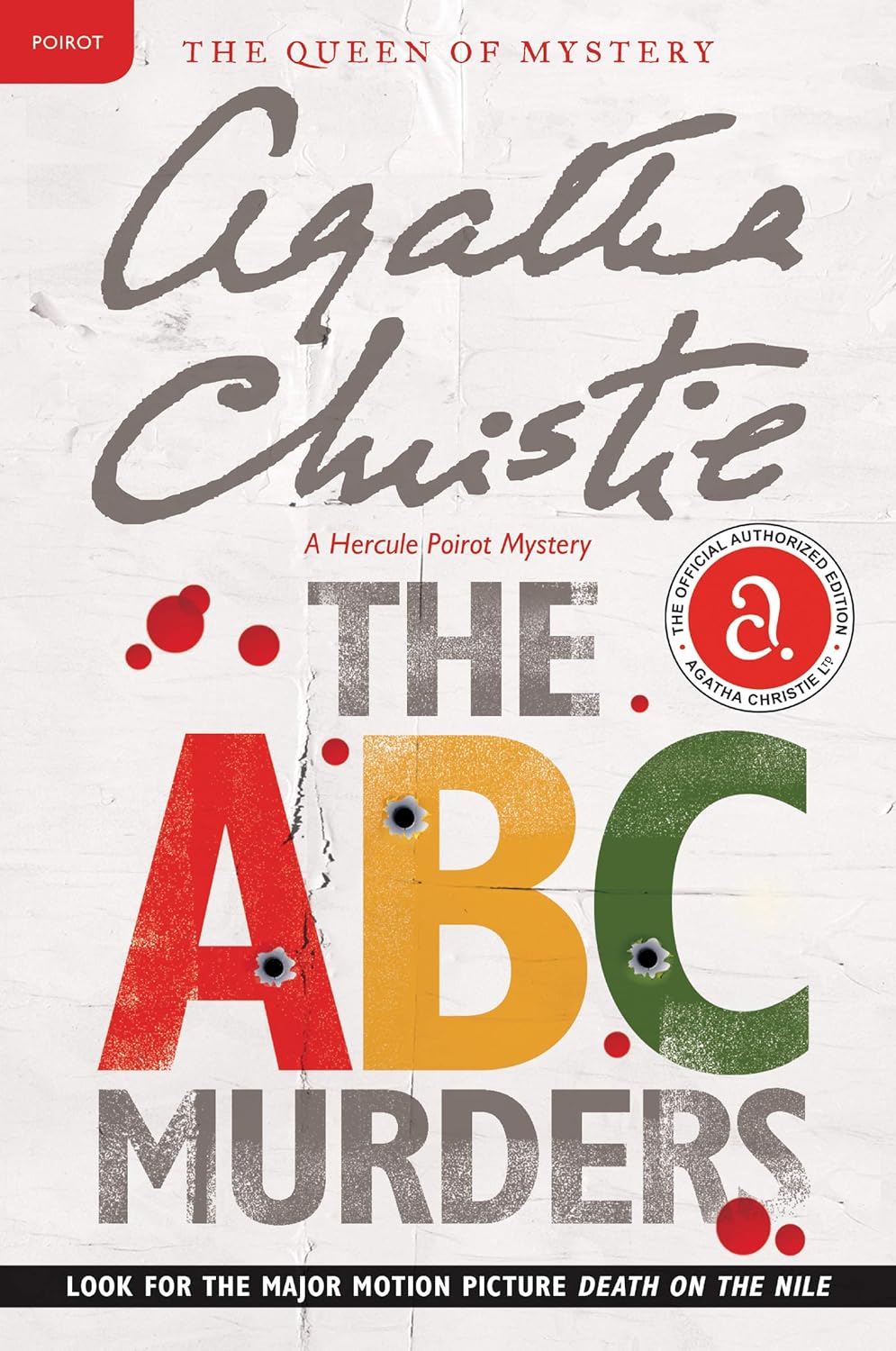|
Rating: 4/5 Stars
Buckle up, mystery mavens, because The A.B.C. Murders, the thirteenth novel in Agatha Christie’s Hercule Poirot series, is a marvel of misdirection. In this witty whodunit, Christie dishes out just a handful of subtle clues, teasing readers like me into premature conclusions. Set in 1930s England, the story follows Hercule Poirot as he investigates a series of murders committed alphabetically by an unknown assailant. The killer sends taunting letters to Poirot before each murder, challenging the detective to stop them in a captivating game of cat and mouse. What sets Christie apart isn’t just the thrill of the chase but the deliciously intricate puzzle she weaves. Every clue holds significance, and each turn of the page brings you closer to the elusive truth. The A.B.C. Murders fully embodies the magical essence of fiction, with a conclusion that feels slightly far-fetched yet delightfully fated. It’s as if Christie’s inviting you to a cerebral chess match, daring you to beat Poirot to the punch. And just when you think you’ve cracked the case, she deftly pulls the rug out from under you, leaving you marveling at her sheer brilliance.
0 Comments
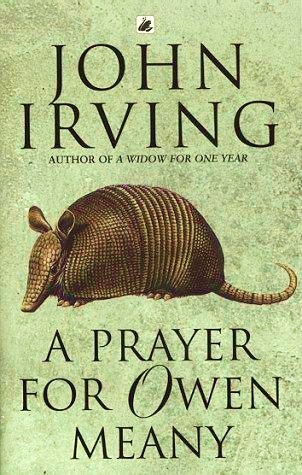 Written by Lauryn Smith My interest in John Irving’s writing began after I read his award-winning “The World According to Garp” in high school. I promise to give a review of “Garp” as soon as I replace my lost copy, which met its fate in a puddle of water. (Trust me, though, you must read it!) For now, let’s talk about “A Prayer for Owen Meany,” Irving’s all-time best-selling novel. The fictional story is deep, poignant, complexly germane and truly captivating. The titular character, Owen, is an intelligent, small-statured, shrill-voiced, 11-year-old son of a quarryman. He grows up in Gravesend, New Hampshire, with his best buddy John Wheelwright, whose family comes from old money. John narrates the twists and turns of their relationship, from the Little League baseball game during which Owen’s foul ball kills John’s mother to Owen’s death, a divinely crafted occurrence that Owen adamantly believes he has foreseen. This novel is one of predestined heroism and a boy determined to curate his life experiences in preparation for his final act. (The vagueness concerning Owen’s fate is necessary—spoilers! I can say, however, that in his role as the Ghost of Christmas Future for a production of “A Christmas Carol,” he inexplicably sees his name and date of death on Scrooge’s gravestone, which fortifies his ideas about his purpose and his link with God.) The majority of the story takes place throughout the 1950s and 1960s, so readers get to follow Owen and John as they transition from days composed of TV viewing and rounds of armadillo hide-and-seek (read the book to see what I mean – it is a whole thing) to days composed of collegiate activities and wartime rhetoric. Several themes are unmissable. Perhaps the most notable motif that Irving explores if that of friendship. (Example “aww” moments include 1) the trustful sharing of treasured baseball cards between Owen and John and 2) Owen’s voluntarily repeating grade nine when he learns that John was held back, all so that they might attend Gravesend Academy together.) Also prominent are the concepts of religion and faith as well as the corresponding concept of doubt. In addition, Irving cleverly integrates insights into the stateside turmoil associated with the Vietnam War. Though these topics hold the story together, they are arguably tangential to a larger theme, that is, the loss of one’s childhood and the beautiful tragedy of maturing. 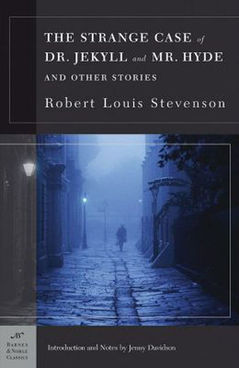 Written by Lauryn Smith Everyone knows Jekyll and Hyde. They have been portrayed everywhere, from Broadway’s stage to PBS’s Arthur. The story of Jekyll and Hyde is unprecedented, a tale depicting an omnipresent internal struggle—good versus evil. Despite its spread, it was not until recently that I actually read Robert Louis Stevenson’s “The Strange Case of Dr. Jekyll and Mr. Hyde.” Heck, I listened to the audiobook before finally venturing into text itself. When they are hanging out in your “to read” pile, Stevenson’s stories can be daunting. Sure, his works are classics. But they are also from the nineteenth century, so the language is not the most accessible to modern readers. Or so I thought. We will talk about that in a moment, but first, let’s get familiar with the story. Described as both a thriller and an allegory, “The Strange Case of Dr. Jekyll and Mr. Hyde” is an anecdote that demonstrates the duality of man. Predominantly told from the viewpoint of the honorable lawyer Gabriel John Utterson, the story depicts the struggle of Henry Jekyll, a highly respected doctor with suppressed desires that go against public mores. A man of chemistry, Jekyll concocts a potion that he uses to transform himself, to free his repressed, more wicked self, whom he calls Edward Hyde. 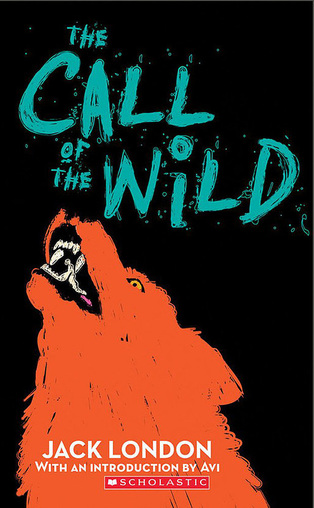 Written by Lauryn Smith Jack London’s “The Call of the Wild” is an old tale, a children’s story told from a sled dog’s point of view. And it is remarkable. Writing from the perspective of Buck, an impressive St. Bernard and Shepard mix, London gets readers to feel all the feels as he tells about the 1890s Klondike Gold Rush in the Yukon. To create the piece of historical fiction, he uses the knowledge he gathered during his own year of prospecting gold in the harsh, frigid territory. London focuses on the life of Buck, who is stolen from his lush California home in order to be sold to prospectors and taken to traverse the icy trails of Alaska and northern Canada. Buck’s journey, which involves beatings with a club, new masters, fights for food, brawls with other sled dogs and struggles for survival, incites in him the instincts of his wild ancestors and calls on his strength of spirit. The trek transforms him from loyal pet to uninhibited, and at times aggressive, animal. This adventure story, artfully told with beautifully simple language, is definitely appealing to all ages. I can go on and on describing ways in which “The Call of the Wild” is great for young people to read, like its lessons regarding adaptability, inner strength, respect for authority and respect for nature. But this is no cookie cutter kiddy book. 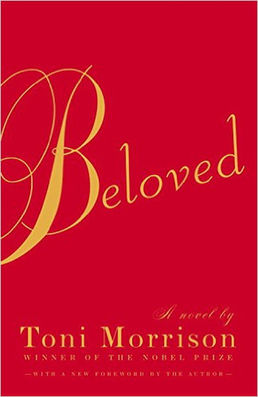 Written by Lauryn Smith Award-winning author Toni Morrison's storytelling is brilliant in her novel “Beloved,” which won the 1988 Pulitzer Prize for Fiction. That statement about Morrison’s prose is probably obvious, especially to literature aficionados. Those who do not know of Morrison’s work (heck, even those who already do) should consider reading her perspective-altering novels. Then reread them. And share them. Morrison is an American writer who has won both Nobel and Pulitzer prizes and received numerous other honors. She is known for her bold themes and lifelike characters, both of which are prominent in “Beloved,” a tale about slavery in post-Civil War America. Morrison’s direct, convincing representations of slavery and post-servitude freedom during this era of American history make the book noteworthy. Morrison illustrates the life of Sethe, a character inspired by Margaret Garner, an enslaved black woman in pre-Civil War America. Sethe escapes slavery with her children and runs to Ohio, a free state. After just a month of freedom, she is sought under the Fugitive Slave Act of 1850. Rather than see them forced back into slavery, Sethe attempts to kill her children, succeeding with one, a daughter called Beloved. Years later, a woman enters Sethe’s life. The woman calls herself Beloved. Therein lies the core discourse of the novel. 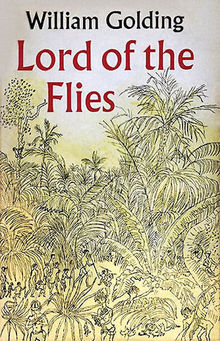 Written by Lauryn Smith I finally read one of the most popular high school English class staples, namely "Lord of the Flies," William Golding’s unsettling, fictionalized account of young boys stranded on an island and struggling to establish a functioning society. And, my—what a story. The book lives up to its reputation as a macabre tale. After a plane crashes on an uninhabited island, a large group of British “little ‘uns” and preteens sets up camp with desperate hopes of being rescued. Ralph, the initially elected leader of the group, and his level-headed, logical, physically awkward pal, Piggy, desire to live rationally and peacefully until their presumed rescue. However, Jack, the antagonizing, self-imposed leader, and his loyal followers unabashedly live as savages with little mind to rescue. Naturally, conflict ensues. Written in 1954, "Lord of the Flies" serves as a warning of humankind’s suppressed instincts. Golding purports that human nature and personal welfare will ultimately trump the common good. He illustrates that when left to the elements, away from civilization, with no authority to rely on for guidance, all of which inevitably lends for self-governance, individuals are likely to turn against one another for personal gain, power and survival. |

Enjoying my book reviews? If you’ve found them helpful or simply love diving into a good book, consider supporting my caffeine-fueled reading sessions! Your contribution helps keep the reviews coming and ensures I stay wide awake for those late-night reading marathons. Cheers to a shared love for literature! ☕️
Categories
All
|
